Amid ‘Green Rush’ of Legal Cannabis, California Strives to Control Adverse Effects on Water
WESTERN WATER IN-DEPTH: State crafts water right and new rules unique to marijuana farms, but will growers accustomed to the shadows comply?
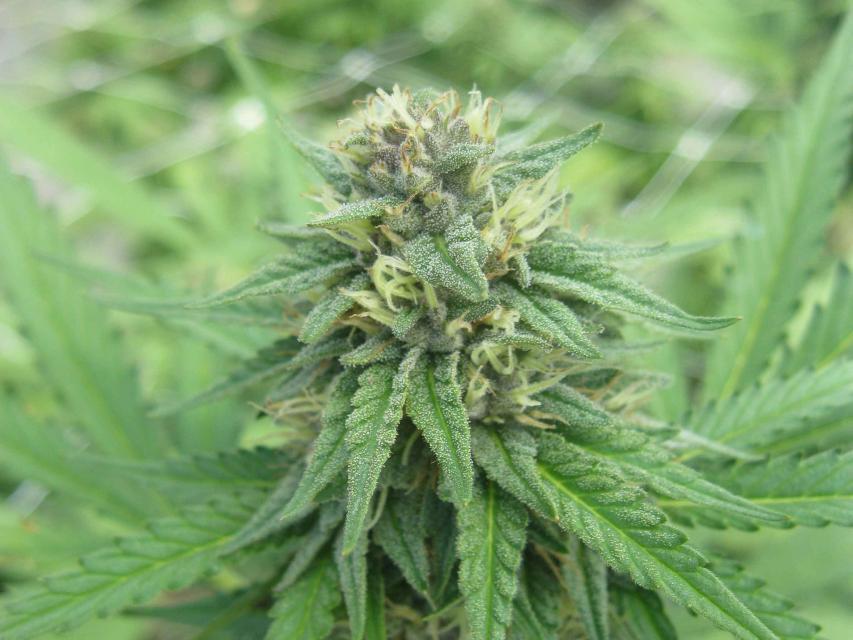 For decades, cannabis has been grown
in California – hidden away in forested groves or surreptitiously
harvested under the glare of high-intensity indoor lamps in
suburban tract homes.
For decades, cannabis has been grown
in California – hidden away in forested groves or surreptitiously
harvested under the glare of high-intensity indoor lamps in
suburban tract homes.
In the past 20 years, however, cannabis — known more widely as marijuana – has been moving from being a criminal activity to gaining legitimacy as one of the hundreds of cash crops in the state’s $46 billion-dollar agriculture industry, first legalized for medicinal purposes and this year for recreational use.
The “green rush” that began more than 20 years ago with the legalization of medical cannabis has introduced a host of issues as state and local officials seek to stay on top of a quickly growing industry. State Water Resources Control Board officials have crafted regulations that are unique to the cannabis industry, including a small irrigation use permit specifically for cannabis growers with unique terms and conditions.
Yet coaxing growers out of the shadows is complicated. Some local jurisdictions are reluctant to accept the industry. The federal government bans the use of federal project water for cannabis production. And no one really knows for sure whether growers will widely accept the new regulations or shrug them off as too burdensome.
Hanspeter Walter, a water and environmental regulatory litigator with Kronick Moskovitz Tiedemann & Girard in Sacramento, called the legalization of recreational cannabis “one of the biggest, most interesting legal and policy shifts to happen in California in a long time,” and a new chapter in the state’s oversight of water supply and water quality.
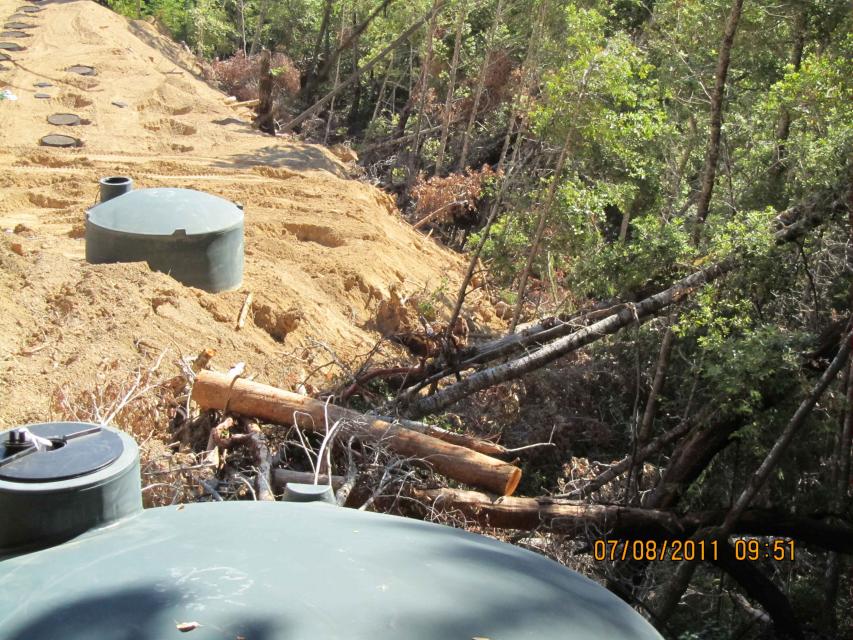 “It’s daunting and challenging for a
lot of people,” he said. “All the agencies involved with the
cannabis community are trying to create a new regime of state of
compliance. Everybody has been learning as they go, and agencies
and the industry are working hand in hand and trying to be
practical so that this whole experiment and new direction in
policy works.”
“It’s daunting and challenging for a
lot of people,” he said. “All the agencies involved with the
cannabis community are trying to create a new regime of state of
compliance. Everybody has been learning as they go, and agencies
and the industry are working hand in hand and trying to be
practical so that this whole experiment and new direction in
policy works.”
State and local authorities for years have seen the devastating impacts associated with illegal cannabis cultivation sites. Jennifer Carah, senior freshwater ecologist with The Nature Conservancy, said the problems are layered and troublesome for streams that harbor imperiled fish and provide drinking and irrigation water.
“The unpermitted forest clear-cutting and road construction can dramatically increase erosion, which can cause large amounts of sediment to flow down into streams, causing water quality problems,” she said. “The other aspect of water quality that has been seen are pollutants such as pesticides, herbicides, fertilizers and petroleum fuels getting into watersheds.”
“Cannabis is largely grown in the hidden corners of California, in undeveloped, remote watersheds. Even though the total amount of water needed is small relative to other crops, the local impacts to high conservation-value streams can be quite serious.”
~Jennifer Carah, senior freshwater ecologist, The Nature Conservancy.
Much of the damage from cannabis cultivation is associated with so-called “trespass grows” on national forest and timber lands that feature some of the most egregious environmental offenses against wildlife and water, said Scott Greacen, conservation director with Friends of the Eel River.
“They are the most damaging per unit and those are the kind we need to get rid of,” he said in March during the California Water Policy Conference at the University of California, Davis. “Legalization [of cannabis] does nothing to get rid of them.”
Some cannabis growers, Carah said, have pulled water from streams and creeks without accounting for what’s needed for the well-being of endangered salmon and steelhead trout.
The effects of cannabis cultivation on local water sources have been looked at on the South Fork of the Eel River in Mendocino and Humboldt counties, but “to my knowledge, nobody has mapped cannabis cultivation at the state or regional scale yet,” said Carah.
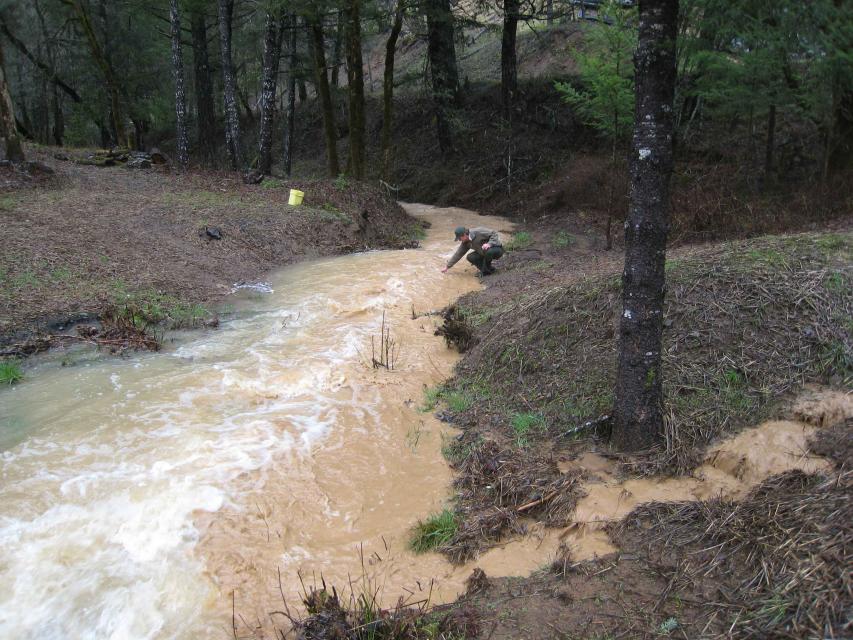 Greacen said there are an estimated
15,000 outdoor growers in Humboldt County and the question
remains how many of those will choose to be permitted. Regulation
is presently “not happening at any rapid pace,” he said.
Greacen said there are an estimated
15,000 outdoor growers in Humboldt County and the question
remains how many of those will choose to be permitted. Regulation
is presently “not happening at any rapid pace,” he said.
The impacts extend to indoor operations, which have water use, energy and discharge issues.
“Growing fully indoors, like in a warehouse, can have significant impacts,” Carah said. “Obviously, you still have to get your water from somewhere and there will be wastewater.”
‘A LAND RUSH MARKET’
Cannabis cultivation and use in California harkens to the counterculture era of the 1960s [cannabis was outlawed in 1913]. Since that time, northwest California – Humboldt, Mendocino and Trinity counties — has been the hub of growing activity because of its remoteness, heavy forest cover and sparse population. In 2017, the California Department of Food and Agriculture reported that “because of the clandestine nature of the cannabis cultivation business before its legalization, almost no hard data on the extent of cannabis production or volume produced is available. However, it has been estimated that California produces 60-70 percent of cannabis grown in the United States.”
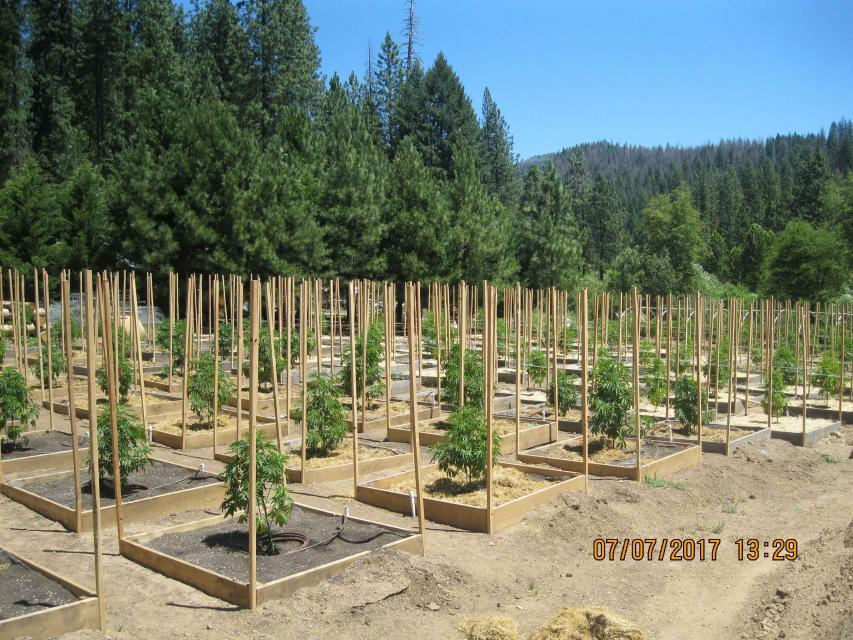 Medical cannabis was legalized in
1996 through Prop. 215. The move was controversial because of
cannabis’ classification as a Schedule 1 controlled substance by
the federal government. At the time, the state did not develop
water supply/water quality regulations for cannabis. But some
local jurisdictions did gradually edge toward allowing cannabis
growers to operate in the open, including Calaveras County in
2016, ahead of the statewide vote to legalize recreational use.
Medical cannabis was legalized in
1996 through Prop. 215. The move was controversial because of
cannabis’ classification as a Schedule 1 controlled substance by
the federal government. At the time, the state did not develop
water supply/water quality regulations for cannabis. But some
local jurisdictions did gradually edge toward allowing cannabis
growers to operate in the open, including Calaveras County in
2016, ahead of the statewide vote to legalize recreational use.
“It was a land rush market,” said Dave Eggerton, general manager of the Calaveras County Water District, at the California Water Policy Conference. “Many people were horrified to see the culture change.”
The county’s decision to allow, then ban, cannabis has led to a recall effort against two county supervisors and a legal challenge by cannabis growers.
While cannabis cultivation was allowed in the county, most growers told the water district that they relied on groundwater to support their plants, with many located outside defined groundwater basins, Eggerton said. The scale caused the district to evaluate water for cannabis in its urban water management plan.
“There was a real risk of losing access to sustainable supplies,” he said.
A WATER RIGHT FOR CANNABIS
“Agencies and the industry are working hand in hand and trying to be practical so that this whole experiment and new direction in policy works.”
~Hanspeter Walter, a water and environmental regulatory litigator with Kronick Moskovitz Tiedemann & Girard in Sacramento.
After recreational cannabis was legalized by California voters in November 2016, the State Water Board prepared a regulatory package addressing the water supply and water quality-protection aspects of the cultivation. Eighty-five staff positions were added to help with permitting, administrative and enforcement work related to water quality and water rights.
The cannabis cultivation rules “establish instream flow and water quality requirements for cannabis cultivation,” said Dan Schultz, environmental program manager with the State Water Board, noting the agency “typically establishes the protective standard or performance measure, but doesn’t box someone in and say this is what you need to do specifically to comply.”
The regulations target cannabis water use and watershed protection simultaneously, with an eye toward limiting sediment runoff. “We didn’t necessarily highlight one type of potential instream flow or water quality impact over the other,” Schultz said. “Rather, the goal was to address all of the impacts that we are aware of as fast as we could.”
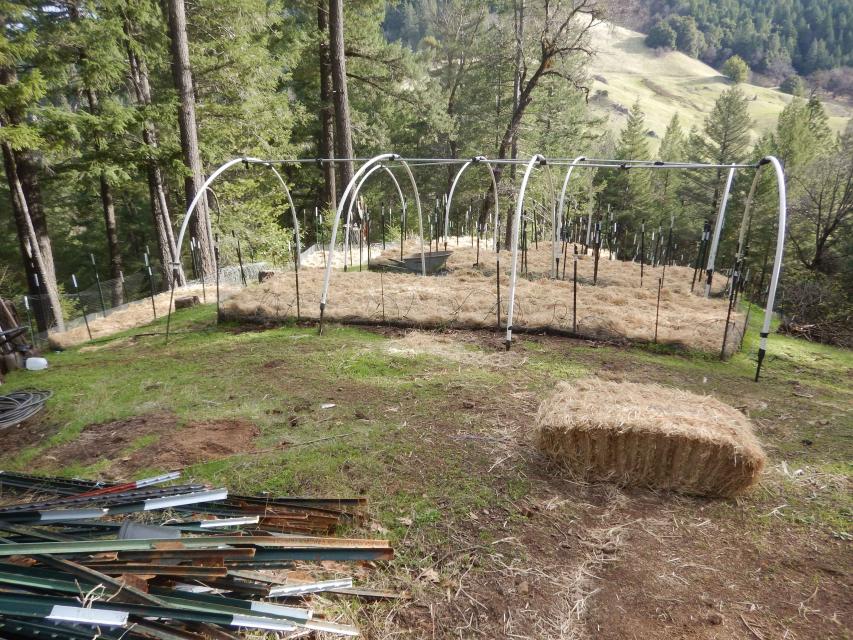 On the water supply side, the
regulations feature a unique statewide small irrigation use
registration specifically for cannabis that allows water-right
holders to store water during the wet season for use during the
dry season. (A similar small irrigation registration exists for
other crops but is limited to the coastal areas north of San
Francisco to the Mattole River.)
On the water supply side, the
regulations feature a unique statewide small irrigation use
registration specifically for cannabis that allows water-right
holders to store water during the wet season for use during the
dry season. (A similar small irrigation registration exists for
other crops but is limited to the coastal areas north of San
Francisco to the Mattole River.)
“It is a small storage water right, of less than 20 acre-feet,” Schultz said. “It’s a much faster way to get a storage water right than a standard appropriative [and more application-intensive] water right. This will allow a lot of cultivators that have surface water diversions an efficient way to move into a storage program.”
The water-use rules include a mandatory forbearance (no diversion) period aimed at keeping water in streams and anadromous water bodies during key periods. “We need to take some of the water demand pressure off of the summer period,” said Schultz. “Looking around the state, in general, there’s typically water available in the wintertime for diversion.”
Hezekiah Allen, executive director of the California Growers Association, which advocates on behalf of cannabis growers, said the small-irrigation water right devoted to cannabis cultivation is an important approach that has value to other irrigated crops.
“The goal [of the regulations] was to address all of the impacts that we are aware of as fast as we could.”
~Dan Schultz, environmental program manager with the State Water Resources Control Board.
“This whole concept of small irrigation use, of making it easier for farmers to store water on a small scale, which would make us less reliant on big industrial storage projects, it reflects a pretty significant shift in culture, but I think it could be a really important piece of California’s water adaptation strategy,” he said.
The winter diversion period is coupled with flow and bypass requirements that require cultivators to actively monitor their source of water. The requirements, developed on a statewide scale, are not perfect, Schultz said.
“They are going to be overprotective in some areas and under protective in other areas,” he said. The State Water Board will be monitoring implementation of the cannabis rules to determine what updates are needed.
‘A TOTALLY DIFFERENT SCHEME’
Kirk Schmidt, a Santa Cruz County greenhouse operator who said he plans to add cannabis as a crop, is working with the local farm bureau and the county on the proposed local rules overseeing licensed commercial cannabis production. While the State Water Board’s regulations apply to all growers across California, “they make no sense for people in greenhouses,” he said, adding “almost everything on the form when you enroll for the state is not applicable.” He said he believes the state’s regulations are weighted toward cracking down on outdoor operations.
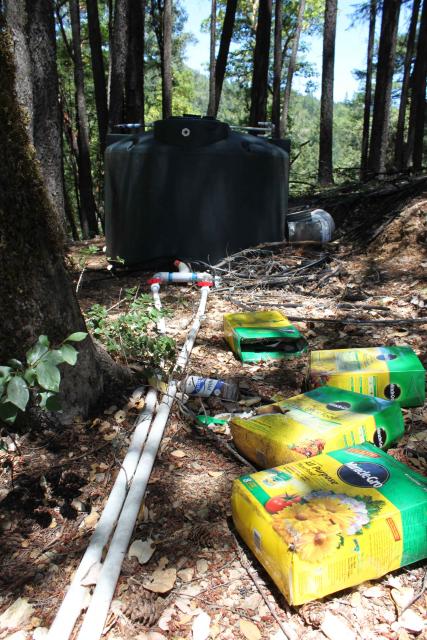 “There’s this prejudice – this
hypothetical belief that everybody is stealing water from some
river, and if you read the regulations, it looks like that’s
their whole objective,” he said. “If you are in Monterey or Santa
Cruz County or down in Santa Barbara, you have a well. It’s a
totally different scheme.”
“There’s this prejudice – this
hypothetical belief that everybody is stealing water from some
river, and if you read the regulations, it looks like that’s
their whole objective,” he said. “If you are in Monterey or Santa
Cruz County or down in Santa Barbara, you have a well. It’s a
totally different scheme.”
Schmidt said the fee provision of the state’s regulations does not adequately recognize the benefits of greenhouse crop production.
“They have to learn how greenhouses are operated because they are a much lower risk to the environment than outdoor grows and they don’t use as much electricity as somebody that’s growing in a warehouse,” he said.
Not all cannabis growers are enamored with cultivating it indoors. Kristin Nevedal, chair of the California-based International Cannabis Farmers Association, said at the California Water Policy Conference that warehouses and greenhouses have issues associated with the size of their footprint, particularly energy use.
Cannabis “shouldn’t be grown indoors in warehouses, anywhere,” she said. “The key is to bring it back to an agriculture model. It should be grown in the ground in an agricultural setting where it’s appropriate to grow other crops.”
“There’s this prejudice – this hypothetical belief that everybody is stealing water from some river… If you are in Monterey or Santa Cruz County or down in Santa Barbara, you have a well. It’s a totally different scheme.”
~Kirk Schmidt, a Santa Cruz County greenhouse operator who plans to add cannabis as a crop.
Carah said energy use impacts of indoor cultivation “are likely much more significant than the water impacts,” except in the more arid parts of California that are encouraging indoor cultivation despite existing water scarcity and depleted aquifers.
Since the legalization of cannabis, there has been much discussion of what the new paradigm means for regulators, the regulated community and consumers, given the long period that cannabis production occurred outside the authority of environmental regulators.
State officials drafted the regulations to reflect the impacts seen in the most intense growing areas. “The policy-related requirements were primarily developed to address the specific cannabis cultivation impacts that were currently occurring in California that were observed through enforcement sweeps and inspections” in the North Coast and Central Valley, said Schultz, with the State Water Board.
FEDS JUST SAY ‘NO’
While state water regulators move ahead with enforcing cannabis regulations, federal officials have made clear they have a different view of cannabis.
One wrinkle exemplifies the schism between federal and state authority over cannabis. In 2013, Deputy Attorney General James Cole issued a memo that told U.S. attorneys to focus on drug cartels and cross-border trafficking, not cannabis outlets complying with respective state regulations. In 2017, Attorney General Jeff Sessions revoked that document, calling it “unnecessary” and telling prosecutors to consider a broader, less specific range of “relevant considerations” when deciding whether to charge cannabis-related crimes.
In April the Trump administration announced it was abandoning the pursuit of a crackdown on recreational marijuana in states where it is legal.
How Other States Handle Cannabis’ Water Impacts
The break between some western states — California, Colorado, Nevada, Oregon and Washington – and the federal government regarding legal cannabis muddies the overall framework of regulatory control because the product is effectively produced for the legal market and the black market.
Colorado and Washington led the way in legalizing recreational cannabis in 2012. Most of the cannabis in Colorado is grown in greenhouses, bypassing most environmental concerns.
“There’s been some talk about the industry’s water demand, primarily on municipal and industrial systems, but I think it’s just too small to really matter,” said Douglas Kenney, director of the Western Water Policy Program at the University of Colorado Law School. “It’s an issue that’s come and gone here. But I think California is different both in terms of outdoor cultivation and in terms of scale, so I suspect it’s an issue that will generate more attention there.”
Oregon, which legalized recreational cannabis in 2014, has seen an increase in groundwater rights applications, said Diana Enright, spokeswoman with the Oregon Water Resources Department. There is not enough water to supply everyone, so some growers pay to have water delivered, she said, adding that rainwater can be harvested if it flows from an impervious surface.
In Washington, the Department of Ecology notes that water availability for new permitted uses “varies significantly from place to place,” and that cannabis growers may need a water right permit if the intended use of surface water or groundwater exceeds 5,000 gallons per day.
“Because of the difficulty in obtaining a new water right, industrial greenhouses and outdoor growers might want to consider connecting to an existing water purveyor or irrigation district, where available,” the department says.
That development will not change the Bureau of Reclamation’s policy that all federal project contract holders in California cannot use federal contract water for cannabis cultivation. Consequently, some people will have to find alternative means of getting their water, perhaps through a new water right.
Allen, with the cannabis growers association, said the prohibition will be a big deal for some growers and would be “most acute in high desert jurisdictions where some of the more speculative projects are taking place.”
The ban on federal contract water includes the amount supplied by the Colorado River, where several federal dams are located and store water for California. That has significant implications for growers in places like Needles, which sits on the western bank of the river in San Bernardino County. Further complicating matters is the federal government’s view that groundwater near the river falls under the ban because it is actually water from the Colorado.
 Reclamation’s policy directive states
that should agency employees become aware that Reclamation
facilities or the water they supply are being used to facilitate
cultivation of cannabis, “they will … bring this to the
attention of their regional director, who will report such use to
the Department of Justice.”
Reclamation’s policy directive states
that should agency employees become aware that Reclamation
facilities or the water they supply are being used to facilitate
cultivation of cannabis, “they will … bring this to the
attention of their regional director, who will report such use to
the Department of Justice.”
The memorandum notes that Reclamation “does not have a responsibility or designated role in actively seeking enforcement” of the federal Controlled Substances Act.
Meanwhile, the conundrum associated with federal water and cannabis could lead to an interesting outcome, especially when it comes to delineating between water from the California-operated State Water Project and federally run Central Valley Project, which provides much of the water used by San Joaquin Valley farms. Investigating exactly what water is used for cannabis cultivation could be too problematic, Walter said.
“I don’t know how far [Reclamation] is going to trace it,” he said. “They probably won’t want to even deal with it, except when it’s staring them in the face. If someone wants to have a 10,000-acre hemp farm somewhere in Fresno County in one of the CVP contractor districts like a Friant or a Delta-Mendota Canal contractor … it’s not going to happen.”
BRINGING GROWERS UNDER THE STATE RULES
While it is good for the environment that cannabis has been brought under the state’s regulatory umbrella, the effectiveness of that effort will be tested, said Carah with The Nature Conservancy.
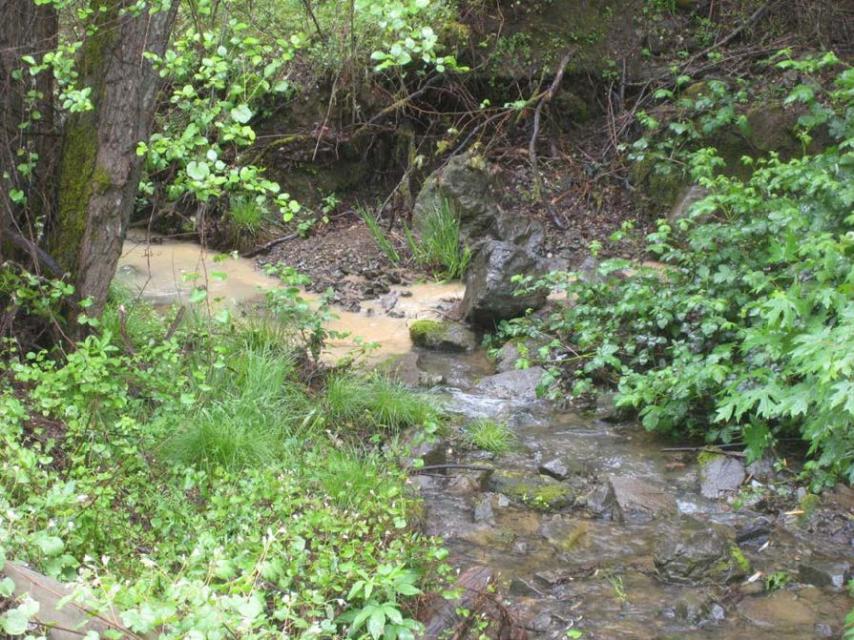 “Regulation is the answer, but it’s
challenging to implement, given that we still have an industry
that has an incentive … to stay in the shadows,” she said.
“Regulation is the answer, but it’s
challenging to implement, given that we still have an industry
that has an incentive … to stay in the shadows,” she said.
Schultz said the State Water Board can update the requirements over time as it watches “how the industry unfolds and where it’s located and what impacts we continue to see.”
The cannabis policy requirements define how much water needs to be flowing through a channel before it can be diverted for cannabis growth, measures the cannabis cultivators need to take to ensure waste does not discharge from their site to waters of the state, how growers should dispose of their waste and how the new requirements will be enforced through cooperation with local and state law enforcement.
Growers are required to report to their respective regional water board as part of their permit conditions, Schultz said. “For example, if a cannabis cultivator just graded a site, in compliance with the policy requirements, they would need to identify what they are doing to stabilize it and prevent sediment runoff and get approval from the regional water board.”
Schultz acknowledged that most crops are covered by the State Water Board’s irrigated lands regulatory program, a broad-based approach that aims to control pollutants found in runoff such as pesticides, fertilizers, salts, pathogens and sediment. The approach to cannabis regulations is unique in that they are specifically tailored to just cannabis, unlike other regulations that apply generally to various industries or practices.
The water-use regulatory aspects of the cannabis permit also are precedent-setting in some respects.
Just how much water is consumed to grow cannabis statewide remains an elusive figure. Walter said he believes there is a “myth” associated with cannabis and water use, adding that the amount required is “only a tiny fraction” of the overall amount of water used for agriculture in the state, although localized impacts from unrestrained, clustered water diversions from some streams or watersheds could have significant adverse impacts.
“There are many crops that use more water than cannabis on a per-plant basis and certainly on a per-crop basis. That is because cannabis is a pretty potent herb; it’s very productive,” he said. “You don’t need a million acres of the stuff to supply the demand.”
Carah agreed that the water demand for cannabis is far less than from a crop such as almonds, but that the plant’s unique growing circumstances can be quite problematic.
“Cannabis is largely grown in the hidden corners of California, in undeveloped, remote watersheds,” she said. “Even though the total amount of water needed is small relative to other crops, the local impacts to high conservation-value streams can be quite serious.”
The State Water Board tried to come up with a range for water use, but gave up, citing a lack of solid information. In time, Schultz said, that could change. State regulators are asking cannabis growers to submit annual water use reports.
EMBRACING THE NEW FRAMEWORK
Among the stated reasons for legalizing and regulating recreational cannabis in California was the objective of assuring that cultivation, harvest and other activities would be less environmentally damaging, Walter said.
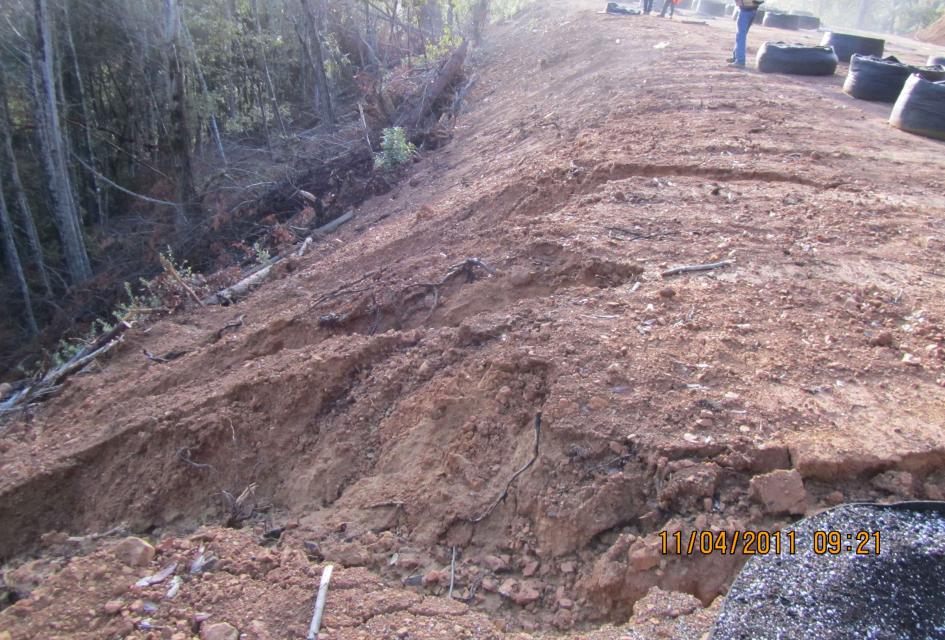 “One reason the Legislature and the
voters decided to take this new legal, social and policy step was
because the existing status quo of prohibition was causing a lot
of environmental degradation,” he said. “To encourage and work
toward a legally compliant, state-regulated cannabis market and
industry, the agencies have been very accommodating in working
with the cannabis cultivators to find a middle ground, so it is
not so onerous that folks stay in the black market. Other folks
who violate the state’s environmental and water laws often
receive much harsher treatment than the cannabis community and I
think that speaks to the unprecedented nature of what the state
is trying to accomplish in shifting black- or gray-market
operators into the state regulatory regime in a practical way.”
“One reason the Legislature and the
voters decided to take this new legal, social and policy step was
because the existing status quo of prohibition was causing a lot
of environmental degradation,” he said. “To encourage and work
toward a legally compliant, state-regulated cannabis market and
industry, the agencies have been very accommodating in working
with the cannabis cultivators to find a middle ground, so it is
not so onerous that folks stay in the black market. Other folks
who violate the state’s environmental and water laws often
receive much harsher treatment than the cannabis community and I
think that speaks to the unprecedented nature of what the state
is trying to accomplish in shifting black- or gray-market
operators into the state regulatory regime in a practical way.”
Allen, with the growers association, said his membership welcomes the opportunity to comply with cannabis cultivation rules, recognizing the need to conserve water and protect the environment.
“We know that California doesn’t have enough water and we know that it needs to manage water differently in the 21st century,” he said. “At the end of the day, our growers know that cannabis is currently the state’s most sustainable cash crop and we want to keep it that way. We certainly expect this process will continue to evolve and we know the agencies are committed to adaptive management.”
Applying regulatory standards to cannabis production gives officials and growers the means to ensure a legal enterprise operates equitably and sustainably. While the landscape has changed, it remains to be seen whether all cultivators emerge from the shadows.
“Historically, we’ve only had enforcement. Now we have enforcement and regulations, so we’ve added another tool,” Allen said. “The dynamics are going to change, but let’s be real. California is big, there’s some isolated corners of it, and as long as there are lucrative out-of-state markets, there’s going to be some activity out there. If we can move in-state consumers to the regulated market, a lot of folks out there want to do the right thing.”
Walter believes cannabis can and will be brought under the regulatory umbrella and exist alongside the rest of California’s multibillion-dollar agriculture industry. And he believes savvy cannabis growers are ready to embrace the new regulatory framework.
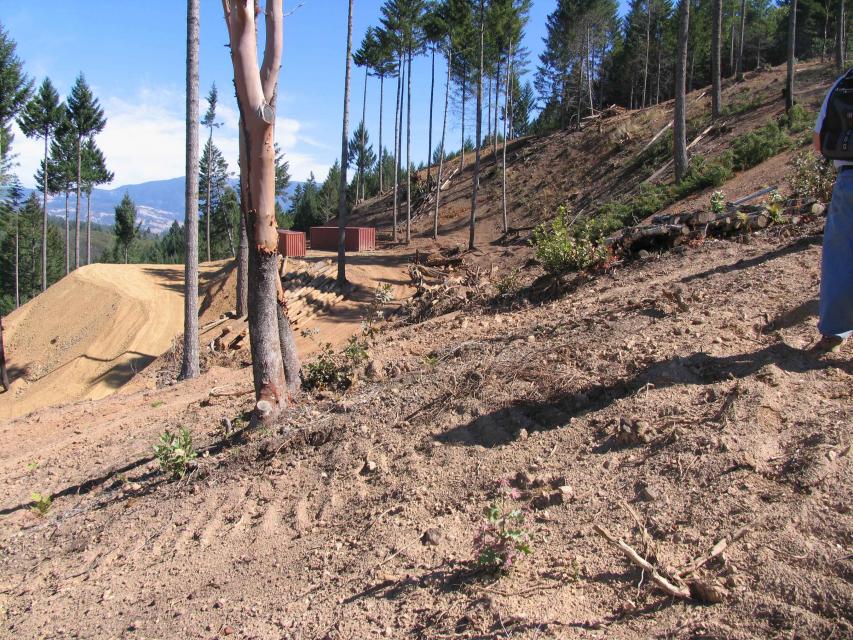 “The State Water Board and everyone
else is paying a lot more attention now and anyone who thinks
they will be able to remain in the black market or operate
without a state license is mistaken,” he said. “The writing is on
the wall: the walls are closing in and its either get legal or
get out.”
“The State Water Board and everyone
else is paying a lot more attention now and anyone who thinks
they will be able to remain in the black market or operate
without a state license is mistaken,” he said. “The writing is on
the wall: the walls are closing in and its either get legal or
get out.”
Taking it a step further, Walter pondered whether the North Coast will remain a major production area for cannabis.
“There were reasons why it historically was a mecca for production and now you have much more traditional agricultural counties coming online and allowing it, like Yolo and Monterey,” he said. “They are closer to market, flat and with better weather. It’s easier to do business and they have excelled at producing other crops. I think this new competition may displace some of those old historic farmers up in Humboldt County and the like.”
Greacen with Friends of the Eel River acknowledged the face of the cannabis cultivation industry is likely to change. Of the estimated 15,000 growers in Humboldt County, he said, “we are looking at 500 being viable in the future.”









